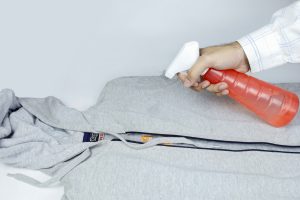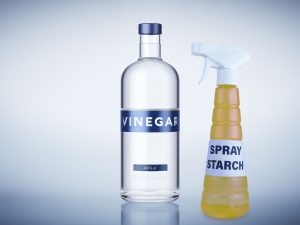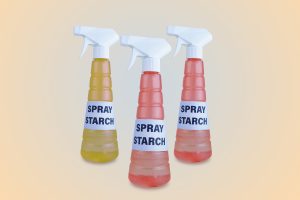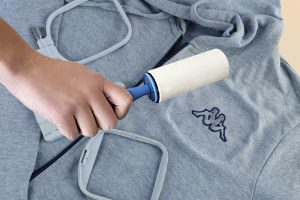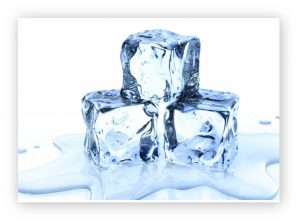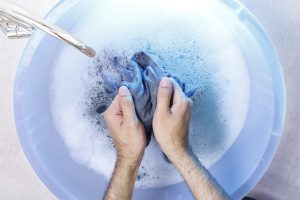Hoop Burns
You are working on your customized embroidery design and finally finish your project. As soon as you remove the hoop you find a mark around the embroidery; it is called a hoop burn.
It happens because of hoop frame being too tight that it squeezes the moisture in the area and form a mark. Some fabrics are more prone to having hoop burns than others like knits, chenille and velvet, towels and quilts. Any fabric that has pile, naps, or is easily stretched out can have hoop burns very easily. Also, pure fabrics are more likely to get hoop burns than the blended ones.
Some marks are easy to remove as the removal success depends on the fabric composition. However, you don’t need to worry about the hoop burns as the technology is innovating and improving every day. Different tricks and tips are mentioned below that can be adopted to avoid and remove the hoop burns from the fabrics.
Ways Of Removing Hoop Burns
Following are the ways of removing hoop burns from the fabric.
Wetting
The easiest method to remove the hoop marks from the fabric is by filling the bottle with water and spraying it on the hoop burn areas and let it air dry. This act will help in removing hoop burns as it will bring back its natural moisture balance.
Using Vinegar
The hoop burns can also be removed by using the wonder product, white vinegar.
Spray the white vinegar on the hoop marks and iron the area to remove hoop burns
STARCH WATER
Sprinkling the mixture of starch and water on the hoop burns and dubbing soft cloth on them can also help in removing the hoop burns.
Sticky Roller Brush
Using sticky roller brush can also help in removing hoop burns by removing pile and fluff from the fabric.
Using Ice
Ice is also the simplest yet effective way to remove hoop burns. Rub the ice gently on the hoop marks and then iron or air dry to get rid of the marks.
Steam
Steam is also another efficient way of removing hoop burns. Many of the fabrics are not suitable to be treated with ice, which is why steam can be used to cope with the situation. By using the steamer, steam the hoop burn areas and try not to touch it at instantly time. After a while, press the productto get rid of hoop marks.
Rubbing By Using Same Fabric
Sometimes it is not ideal to use water, ice or steam to remove the mark. In such cases, you can use the efficient way of rubbing same fabrics on the mark which will remove the hoop burns.
Laundering
Another method that an embroiderer can use to remove the hoop burns is through laundering the product. With the help of a washing machine, you can wash the fabric and it will shrink back reducing the hoop burn holes hence removing the marks.
Lint Brush
A lint brush is a beautiful tool that helps in removing the hoop burns from the fabric. By rolling on the material, the lint brush results in settle the fibers back to the original place, which will remove the hoop marks.
Ways Of Avoiding Hoop Burns
Following are the ways of preventing hoop burns.
Floating
Avoiding hoop burns altogether is better than removing the hoop burns from the fabric. Hence the most common method to prevent hoop burn is by using the technique called floating. To float, the stabilizer must be hooped first, and then garments must be adjusted at the topside. In some situations, a sticky back tearaway stabilizer can be used.
The top layer must be pinned at the inner side of the hoop and then remove the paper. Then use the temporary stabilizer to stick the fabric on top. Pins must be placed at the side of the ring and not at the stitching area.
Fast Frames
Using fast frames is also an efficient method for avoiding hoop burns. Fast structures can be utilized in various ways. The main method of using a frame is to first stick the stabilizer at the inner side of the hoop and then float the fabric on the upper side attaching the fabric to the sticky surface on the frame. Many times, people, by providing grip through clips on the edges, add in creating the hoop marks, which is not the right way.
Conclusion
The most common problem that an embroiderer faces in the field of embroidery is the hoop burns. After hooping, the hoop marks remain on the garment and give the garment a very odd look. The customer buying rate reduces if the garments contain the hoop marks. The removal of hoop burns depends on the fabric type and the level of damage on the fabric. It is better to avoid hoop burns wherever possible rather than removing them.

